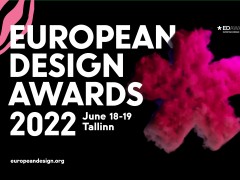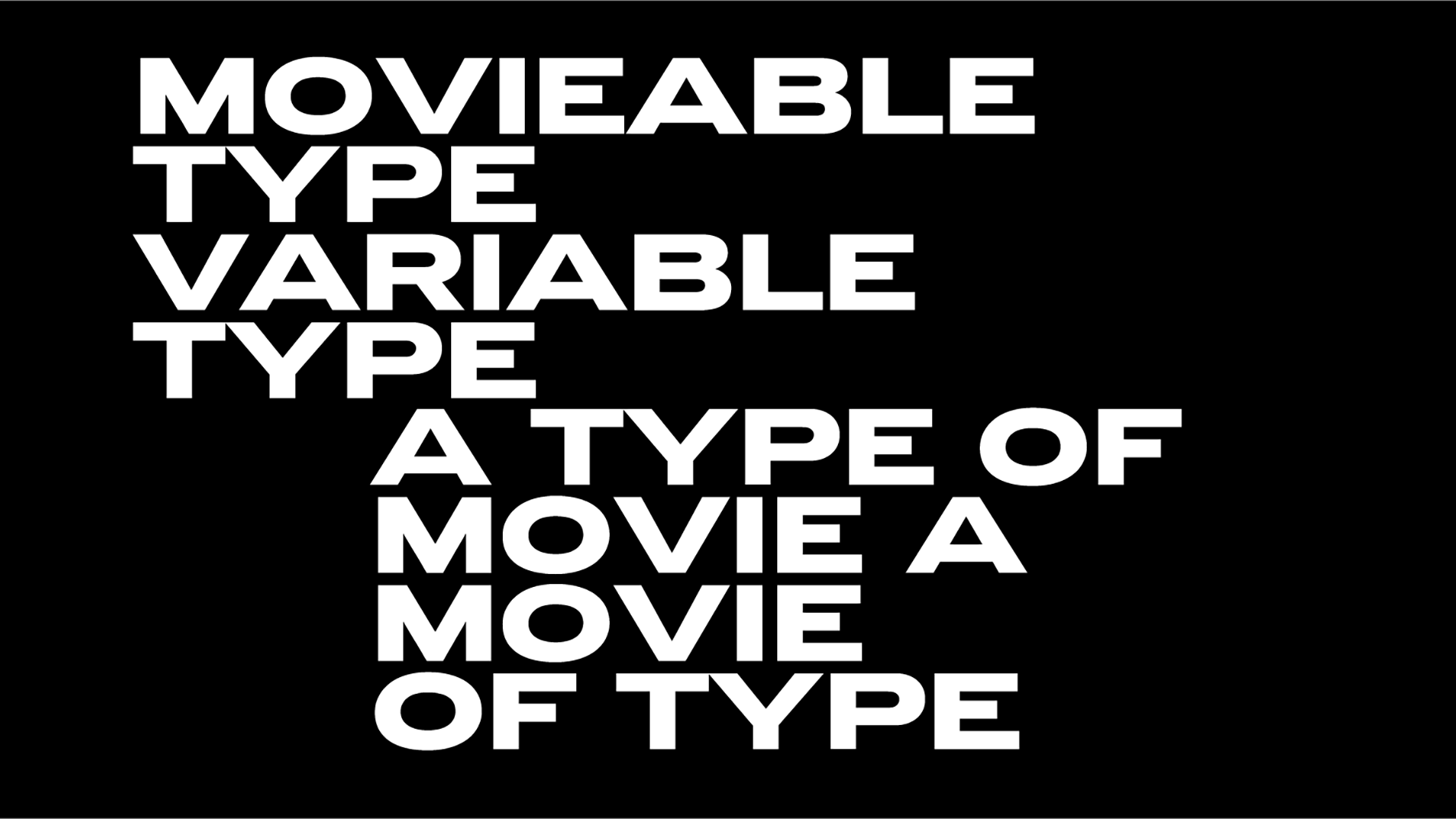In search of politics in design: Graphicus explores a long-forgotten creative duty
A magazine that chronicles the world of communication for more than a century, Graphicus is devoted to exploring design’s multi-layered importance in a variety of creative disciplines. Launched in 1920 in Turin, Italy, the publication continues an important legacy under the curation of Dipartimento di Architettura e Design del Politecnico di Torino which is the leading branch of learning of the Turin Polytechnic focusing on the art and science of design.
Pursuing its goal to be a crucial tool for research through reporting on the current state of the industry and the future ahead whilst staying true to its values, Graphicus’ themes address the many challenges that arise in the communication field nowadays. Enter politics.
For its latest issue, titled Graphicus #11 Politica the editorial team delves boldly into the intersection of politics and design, a theme extremely relevant under today’s circumstances that sees Italy shifting to its more far-right leadership ever.
The idea was fostered when the publication’s editorial team went for a walk in the streets of Turin, right after the country’s 2021 Italian local elections that were held on 3 and 4 October 2021 explains Paolo Tamborrini, the publication’s director, and full professor for the course of art direction and innovation design. Turin’s walls were plastered with political posters “in a museum-like display manner, characterized, once again, by a lack of attention to communicative design.”
“We noticed the postures in the portraits of the candidates and we were surprised, in particular, by those who appeared with their arms crossed, as if protecting themselves rather than opening up or welcoming the city’s citizens. Also surprising was the low quality of the retouching and 'contouring,' a technique much practiced in recent election occasions; the messages and slogans showed little care both in terms of the copywriting and in the choice of fonts, sizes, and colors” explains Tamborrini.
For Graphicus’ editorial team, the theme for its next installment was loud and clear. The opportunity to reflect on the fundamental relation between politics and design as a seminal communication tool was evident across Turin’s urbanscape.
“What does it mean to do politics? How will it be communicated in the future? What might be the role of communication professionals? And again, how much desire, ability and freedom will we have to engage via means of design in the political arena? How much freedom in expressing our own ideas, even saying no to certain projects, will we have?…. Graphics, photography, and communication in general, as the Graphicus archive testifies, have always flanked, sometimes activated, or expressed the fundamental passages of our social, cultural, and political history. Unfortunately, in the last two decades, we have not witnessed any activistic stance on the part of designers and design intellectuals as had occurred in the years before. What has led us to this silence and what are the causes of the inability of designers in taking a stand on policy issues? Fear of losing a job? Fear of being judged?” elaborates Tamborrini.
“As usual, we just have to put our trust in the young people. In fact, some stances, and demonstrations by the younger generation on climate and environmental policy issues have reawakened interest in these issues, such that they have led to written reflections and new planning in the field of communication in particular. Dissertations are being discussed in universities and design courses on communication, activism, and politics, a notion that demonstrates that 20-somethings feel the need to care about society and the common good. We trust that the trend continues to grow and may influence the design industry and the actions of many professionals in this changing era” he adds.
“We are surrounded by graphic design, it is everywhere we turn: in the streets, in public spaces, in houses, in offices, on store shelves, in objects of everyday use, and in various forms of communication. Graphic design has contributed and still contributes to shaping the very culture and identity of a country” explained visual designer, art director, and professor Francesco Dondina who curated the Milano Graphic Festival in February 2022. During the city’s inaugural creative fest representatives from more than 20 design schools across Italy proved that indeed a young generation of creatives is more than ready to get involved in design’s political values and assets.
Eventually, Graphicus #11 Politica Issue contributes to the issue in a transdisciplinary way. A publication that is bold enough to revisit design’s long-forgotten social duty and reevaluate a creative’s elemental role in influencing politics during times of unprecedented social upheaval the magazine features contributions by Elena Inchingolo, Cesura, Stefano Pellone (Bluelabs), Bianca Arrighini, Livia Viganò (Factanza Media), Sergio Degiacomi, Andrea Vendetti, Diletta Damiano, Lorenzo Ceccotti, Marco Donadoni, Vincenzo Idone Cassone, Roberta Bracciale, Accurat, Tommaso Renzini, Irene Trotta, Silvia Berselli, Luciana Gunetti, Mario Piazza, Noemi Biasetton, Gianni Sinni, Ludovica Galleani d’ Agliano and Typeroom’s Loukas Karnis.
A must-read, the edition is available in PDF format for you to read online here.
Tags/ typography, graphic design, magazine, politics, poster, italy, university, graphicus, dipartimento di architettura e design del politecnico di torino, paolo tamborrini, milano graphic festival
.gif)

























